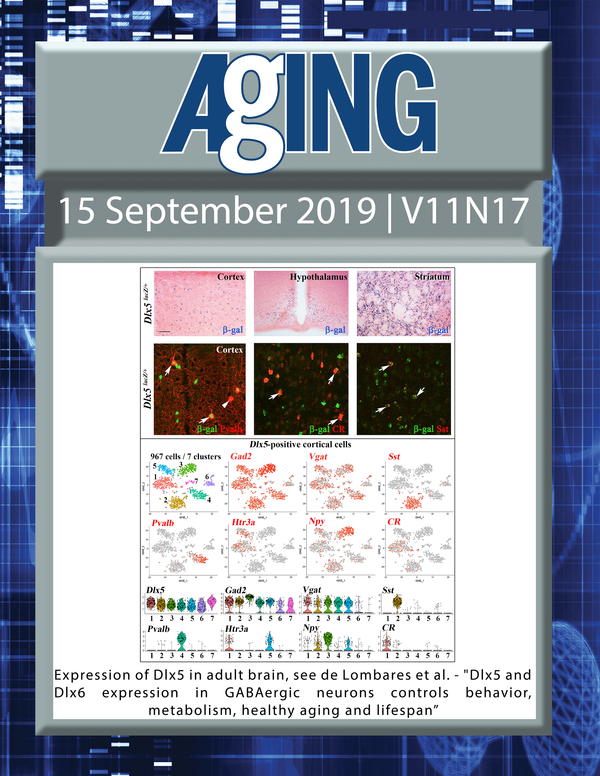Featured Scientist

Author published in"Aging"affiliate to
Cheng-Yi Wang
School Medicine, Fu Jen Catholic University, New Taipei City, Taiwan
Article published in
"Aging (Albany NY" Volume 11, Issue 17,15 September, 2019, pp 6614-7328
Risk of sepsis among patients with COPD treated with fixed combinations of inhaled corticosteroids and long-acting Beta2 agonists
This study aimed to compare the effect of budesonide/formoterol and fluticasone/salmeterol on the risk and outcomes of sepsis in COPD patients. We conducted this study using the Taiwan National Health Insurance Research Database. We included COPD patients prescribed with budesonide/formoterol or fluticasone/salmeterol between 2004 and 2011. Outcomes including sepsis and mortality were measured. 10,267 COPD patients who received fluticasone/salmeterol and 6,844 patients who received budesonide/formoterol were enrolled into this study and then subsequence were adjusted by propensity score weighting. The incidence of sepsis was 5.74 and 4.99 per 100 person-years for the patients receiving fluticasone/salmeterol and budesonide/formoterol, respectively. Fluticasone/salmeterol was associated with higher risk of sepsis (aHR, 1.15; 95%CI, 1.07-1.24) and septic shock (aHR, 1.14; 95%CI, 1.01-1.29) than budesonide/formoterol. Besides, fluticasone/salmeterol was associated with higher risk of death (aHR, 1.090; 95%CI, 1.01-1.18) than budesonide/formoterol. Patients receiving fluticasone/salmeterol had a significant higher risk of sepsis related respiratory organ dysfunction, lower respiratory tract infection, genitourinary tract infection, bacteremia and skin infection. In conclusion, long-term treatment with budesonide/formoterol was associated with lower rates of sepsis and deaths than fluticasone/salmeterol in patients with COPD. [Full article]

Keywords: chronic obstructive pulmonary disease; inhaled corticosteroids; long-acting beta2 agonists; sepsis.
34 views